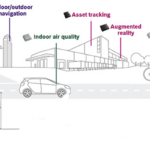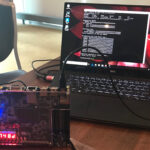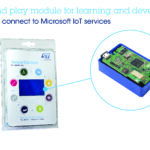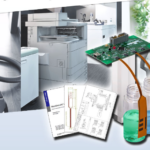The Internet of Things (IoT) and edge computing have created many smart industries such as smart city, smart factories, smart agriculture, smart medicine, and more. How do they become smart? The key lies in real-time data capture and analytics, using various types of sensors.
TechJury, a software firm that reviews forecasts from various companies, predicts that IoT connections will reach 64 billion by 2025, while Grand View Research, a marketing firm, projects the IoT market will reach $949.42 billion the same year. The accelerating growth of the sensor industry is expected to mirror that of the IoT. Sensors are innovating very fast. It is expected that in the next 25 years, they will be smaller, smarter, cheaper, and ubiquitous.
How do sensors work, and what is involved in IoT system development using sensors? This series will begin answering some common questions raised by many.
Q. How do sensors work?
A. IoT cloud servers and edge (gateway) devices depend on sensors to collect real-time data. Since the world we live in deals with analog signals such as temperature in Fahrenheit, distance in feet, speed in miles per hour, pressure in pounds per square inch, etc., sensors have to detect changes in their environments and then convert the physical parameters’ signals to digital data.
Figure 1 illustrates the configuration of an IoT network with sensors. Sensors are usually referred to as the endpoint in the IoT network because they are at the outermost edge from the cloud servers’ perspective. Note the cloud servers on the right side of Figure 1. Even though these sensors are small and do not seem as important as the cloud servers, they can play a critical role in system design. A recent notable example comes from the Boeing 737 Max plane crashes. Among other factors, sensor failure played a part in the two tragedies.
Sensors need to connect and communicate with the gateways and cloud servers to operate in the IoT network. Nowadays, wireless technologies such as Bluetooth, NFC, RF, Wi-Fi, LoRaWAN, NB-IoT (cell) are commonly used. Depending on how the network is set up, more and more gateway products are used to perform edge computing (data analytics) before sending data to the cloud servers.

Q. How many different types of sensors are available today?
A. There are hundreds of different types of sensors available today to measure almost anything, and they come in various forms and shapes. Some are a single component such as a light-sensing diode; others can be a module with built-in microcontrollers.
These sensors are available to measure light, sound, temperature, pressure, position, change of altitude and distance, types of gases, movement, liquid and on and on. There are also many types of technologies used for detection including radar, LiDAR, light detection, magnet detection, infrared (IR), using inductive technology, image sensing, ultrasonic, sonar, photon emission, touch sensing, encoder and many more. Here is a sample list of the types of sensors available.
- Atmospheric pressure sensor
- Distance/ Proximity sensor
- Humidity sensor
- IR sensor
- Level sensor
- Light sensor
- Motion detection sensor
- Pressure sensor
- Smoke and gas sensor
- Temperature and thermocouple sensor
- Touch sensor
- Ultrasonic sensor
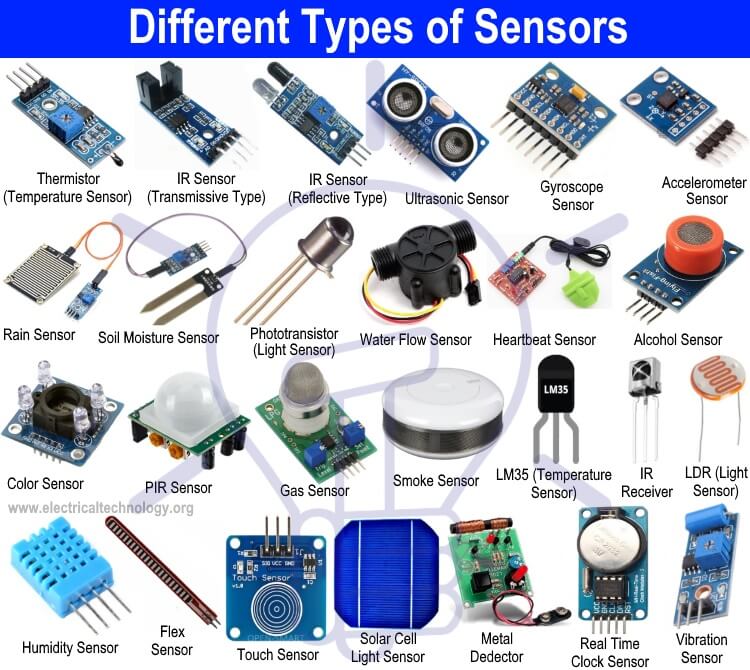
Additionally, sensors can also be classified into active vs. passive and analog vs. digital.
Active sensors typically require external stimulation to work. It can be an external power source or induced energy. For example, a linear variable differential transformer (LVDT) can be used to convert linear motion to equivalent electrical signals. In this case, the energy source comes from the linear movement through induction, even without an external power source. Passive sensors do not need external stimulation to work. For example, a thermocouple will be able to convert heat directly to electrical signals.
Both analog and digital sensors are used. Analog sensors measure analog signals such as temperature and pressure. These output signals need to be digitized before communication with microcontrollers can take place. Digital sensors, on the other hand, can measure input signals such as light and use an internal rotating disc, for example, to output in digital formats.
Q. What is MEMS?
A. MEMS stands for microelectromechanical systems. Integrated circuit (IC) technology has miniaturized electrical circuitries. Multiple functions can now be packed in a smaller space than that required with the use of discrete components. For example, a MEMS miniature device using IC technology could add a third axis, in addition to the x and y axes, to measure movements. When a MEMS sensor is moved, it creates a difference in electrical potential internally, measured as a capacitance change.
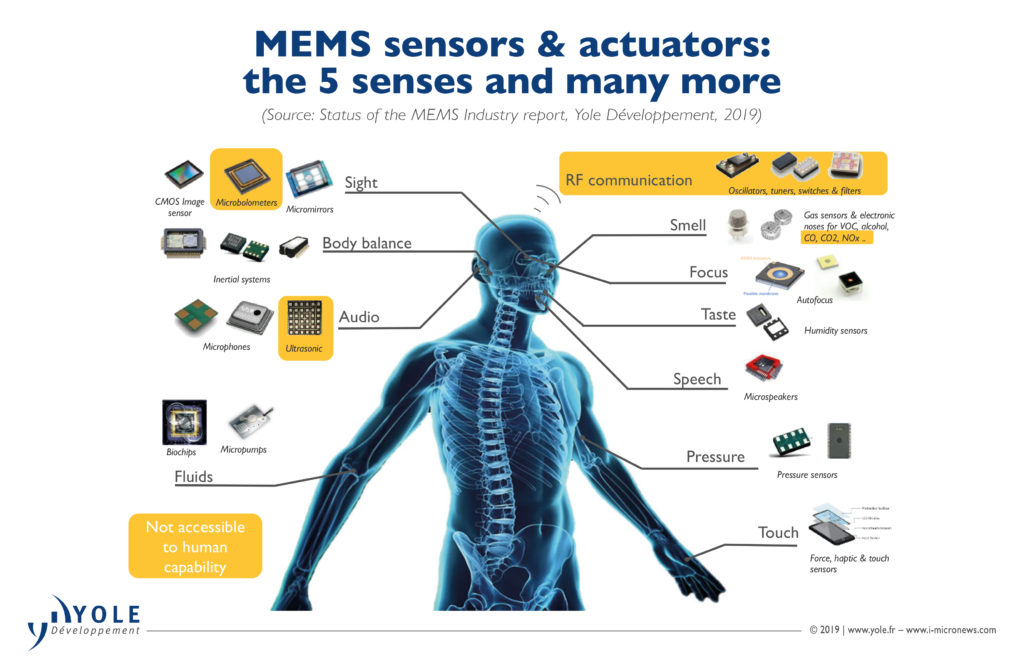
MEMS combines both the electrical and mechanical functions in one package. The electrical elements perform data processing, and the mechanical elements respond and carry out the functions. It is like a miniature machine inside the IC packaging with dimensions varying from 1-100μ, approximately the thickness of a human hair. MEMS sensors have broad applications. For example, airbag MEMS sensors inside a vehicle will be able to sense the impact from a crash and trigger the deployment of the airbag(s). A 120-member, international consortium, SEMI-MEMS & Sensors Industry Group (MSIG), has dedicated themselves to promote the development of MEMS technology. It is expected that MEMS technology will continue to play an essential role in the world of sensors.
Part 2 will elaborate upon smart sensors, and key considerations when choosing sensors for your design.

